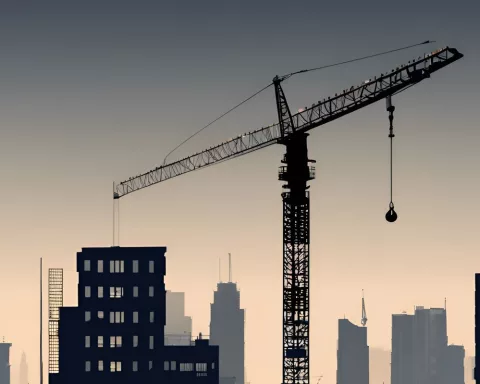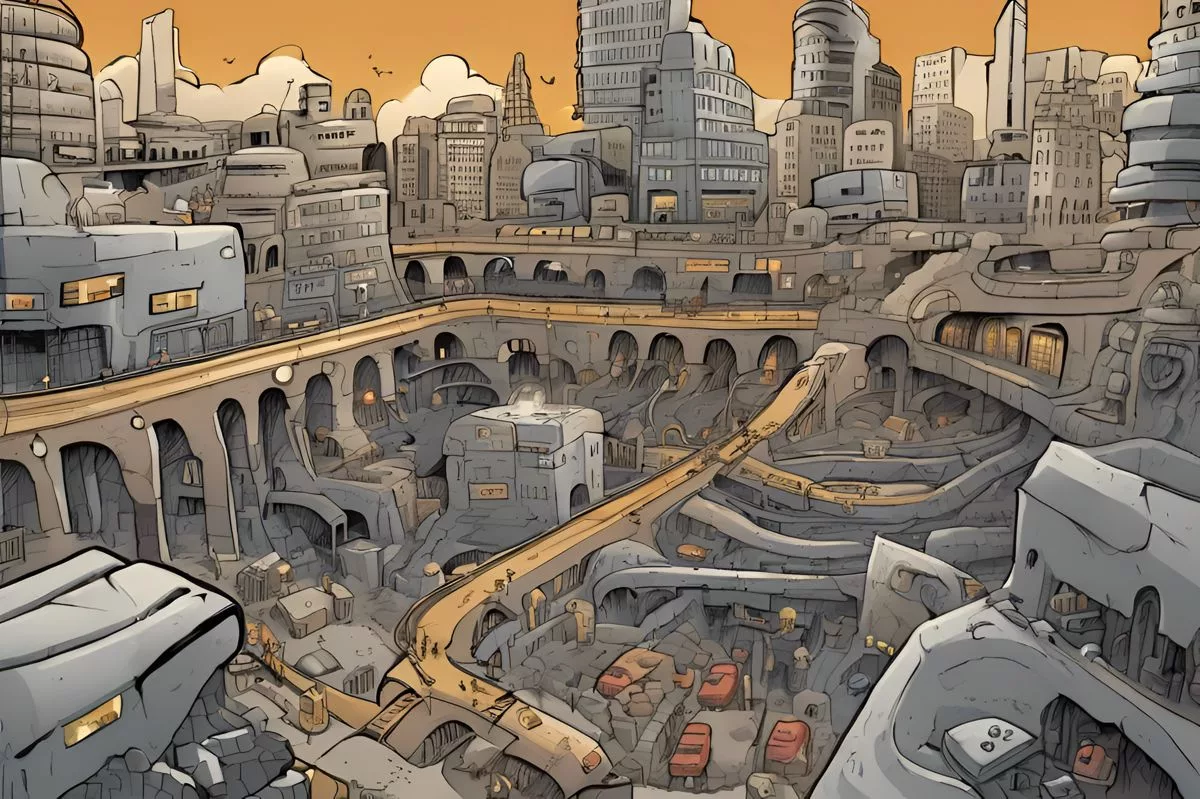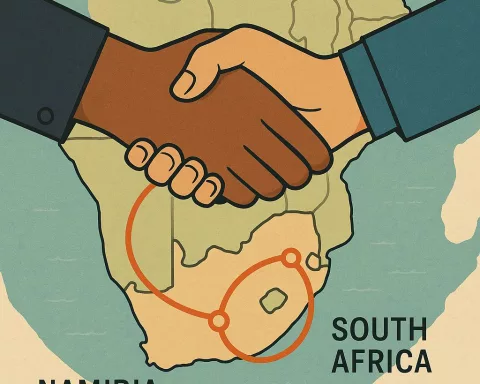The Victoria Street tragedy in George, South Africa, where a five-storey building collapsed killing 34 people, has left the community in deep grief and distress. Investigations by the Western Cape Government, Department of Employment and Labour, and the South African Police Service are ongoing, while the site has been declared a crime scene. The community is considering converting the site into a public memorial garden to remember the victims. The tragedy serves as a reminder of the flaws in human-made structures and highlights the need for corrective actions to prevent similar future catastrophes.
What happened in the Victoria Street tragedy in George, South Africa?
On May 6th, a five-storey building at 75 Victoria Street in George, South Africa collapsed, claiming 34 lives. The community spent 260 hours trying to extricate victims from the wreckage, and investigations by the Western Cape Government, the Department of Employment and Labour, and the South African Police Service are ongoing. The site has been declared a crime scene, and the community is considering converting it into a public memorial garden.
George, South Africa’s Victoria Street, is shrouded in a melancholic atmosphere, its tranquility disturbed by the recent catastrophe that brought an entire five-storey building tumbling down. The structure, situated at 75 Victoria Street, collapsed without warning on May 6th, plunging the local community into deep grief and distress, and claiming 34 lives in the process.
The town remains deeply affected by this unfortunate event. It spent an overwhelming 260 hours trying to extricate victims from the wreckage. Following the disaster, several official investigations were launched to uncover the cause of the incident. The Western Cape Government (WCG), the Department of Employment and Labour, and the South African Police Service (SAPS) are among the leading entities involved in these investigations.
The chilling site of the collapse, now a haunting reminder of the lives lost, was declared a crime scene on May 17th. This marked the start of an intensive formal examination. Sergeant Chris Spies, the Southern Cape police spokesperson, confirmed the opening of an inquest docket immediately after the first victim was recovered from the rubble. “The investigation at the construction site has been wrapped up,” Spies informed.
Tales from the Wreckage and Ongoing Investigations
From the rubble, stories of the victims have become a crucial part of the ongoing investigation. The identities of all 34 victims were confirmed, with the final body being returned to grieving relatives on June 10th. David Esau, the provincial chief inspector for the Department of Employment and Labour, announced that their internal investigations had concluded, thereby giving the owner permission to reclaim the site. However, Esau revealed that the interviewing process was facing certain obstacles, as reaching some individuals had proven difficult.
Esau further explained, “At present, our investigation is ongoing, and the number of people we need to interview makes it impossible to estimate a time frame.” He suggested that the department might ask officers to either visit the interviewees in their respective countries or bring them back to South Africa for questioning.
Meanwhile, Chantèl Edwards, the communication head at George Municipality, clarified that the municipality did not directly participate in the investigations and did not have access to their results. While these investigations continue, discussions regarding the future of the site are underway, as noted by Ryan du Preez, the attorney representing property developer Neotrend.
Community Sentiments and Future Plans
The community’s prevailing sentiment is to convert the site into a public memorial garden in remembrance of the tragedy. Du Preez provided reassurances to the community when he stated, “Although specific details are still in progress, we guarantee that more information will be disseminated to the community as soon as possible.”
In a broader perspective, the Victoria Street building collapse signifies more than just a tragic incident; it serves as a poignant reminder of the flaws inherent in human-made structures. The ongoing investigations and subsequent corrective actions hope to alleviate the pain and prevent similar future catastrophes. As the resonance of the collapse gradually diminishes, Victoria Street continues its narrative, providing valuable lessons to those willing to heed them.
How many people were killed in the Victoria Street tragedy?
34 people were killed in the building collapse at 75 Victoria Street in George, South Africa.
What are the investigations ongoing after the Victoria Street tragedy?
Investigations into the cause of the building collapse are being carried out by the Western Cape Government, Department of Employment and Labour, and the South African Police Service.
What has been done with the site of the Victoria Street tragedy?
The site of the building collapse has been declared a crime scene, and there are discussions about converting it into a public memorial garden in remembrance of the tragedy.
What is the community’s sentiment after the Victoria Street tragedy?
The community is in deep grief and distress over the tragedy and is calling for corrective actions to prevent similar future catastrophes.
What is the Department of Employment and Labour doing about the Victoria Street tragedy?
The Department of Employment and Labour has conducted internal investigations and given the owner permission to reclaim the site, but is still facing obstacles in the interviewing process.
What lessons can be learned from the Victoria Street tragedy?
The tragedy serves as a reminder of the flaws inherent in human-made structures and highlights the need for corrective actions to prevent similar future catastrophes.











